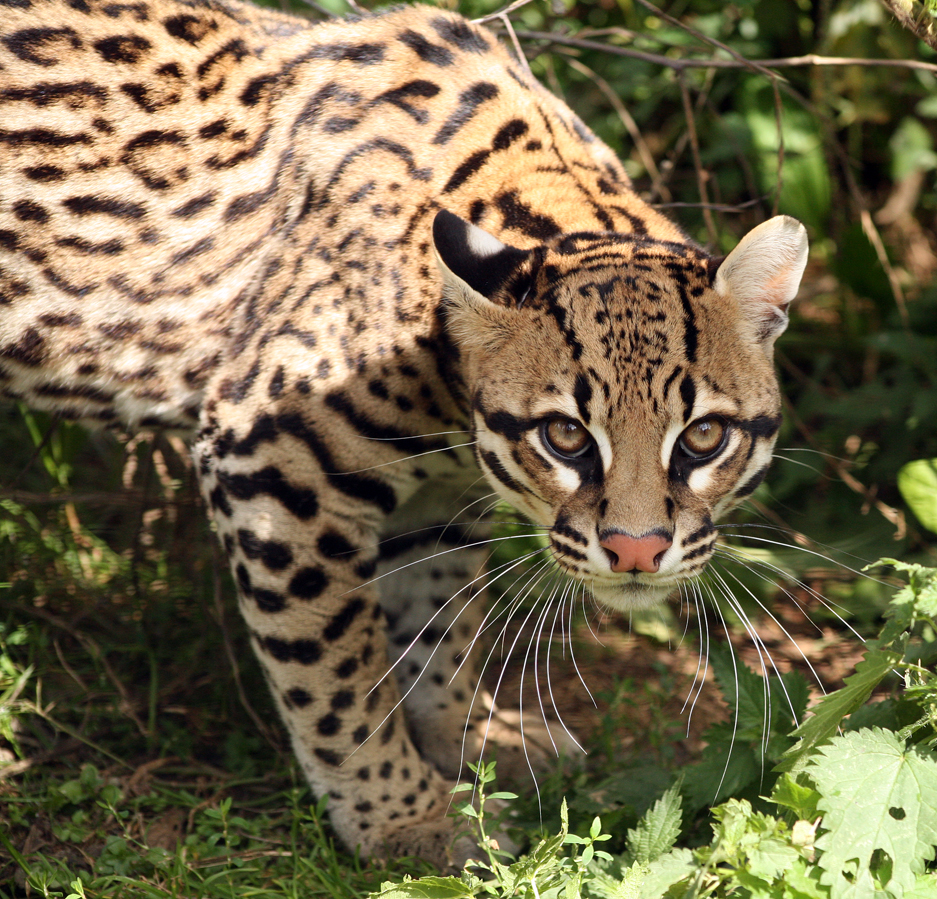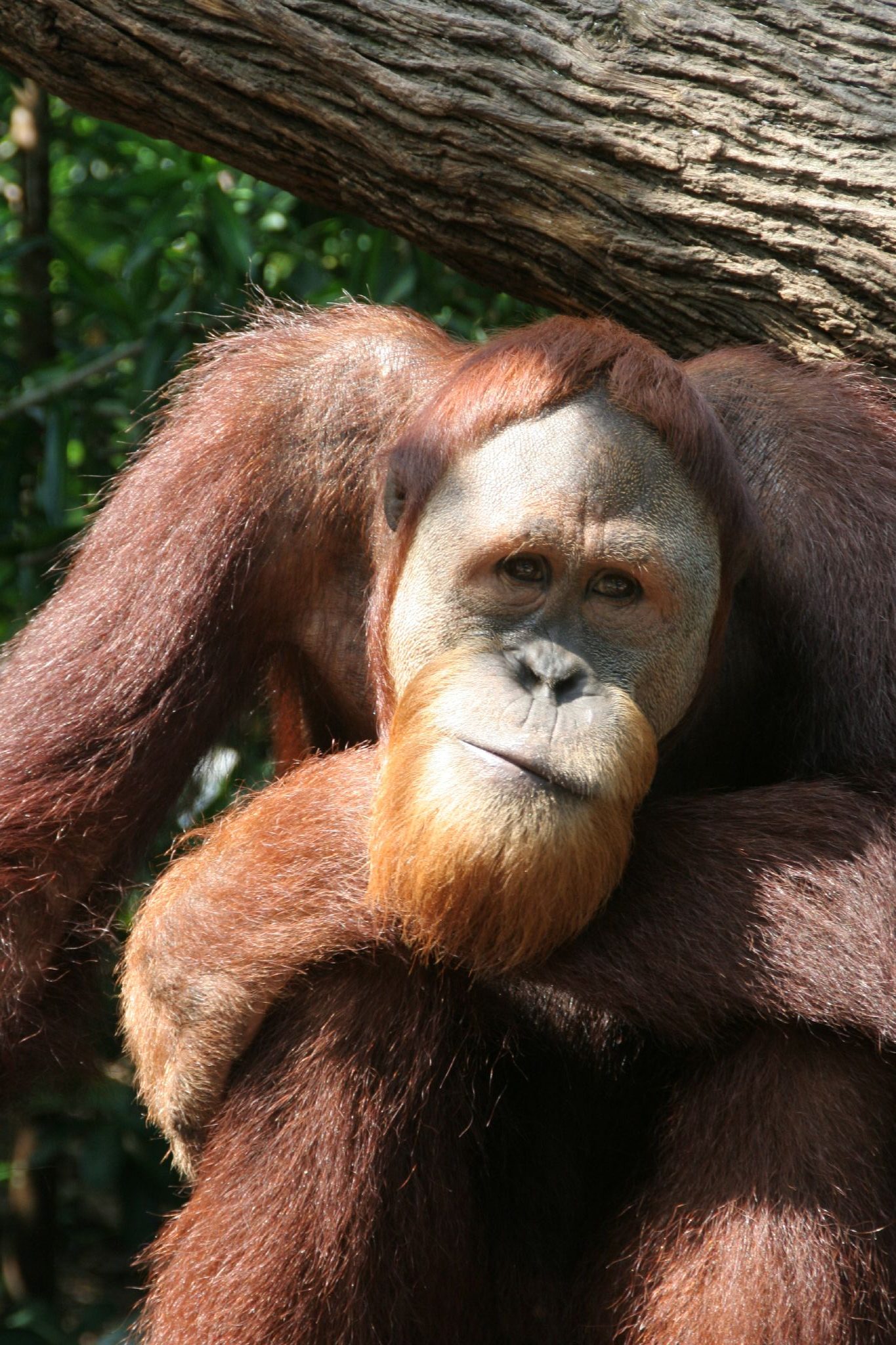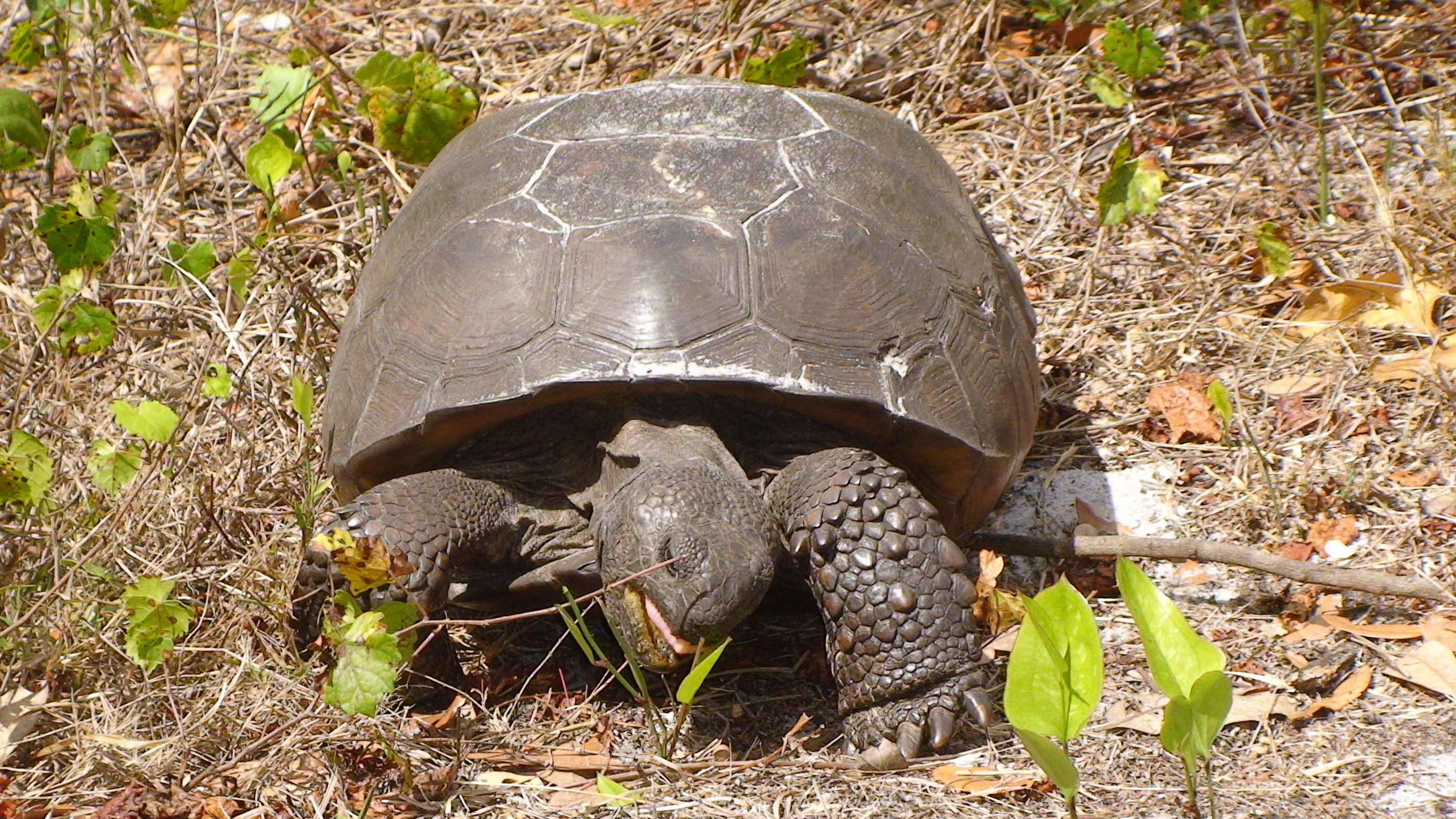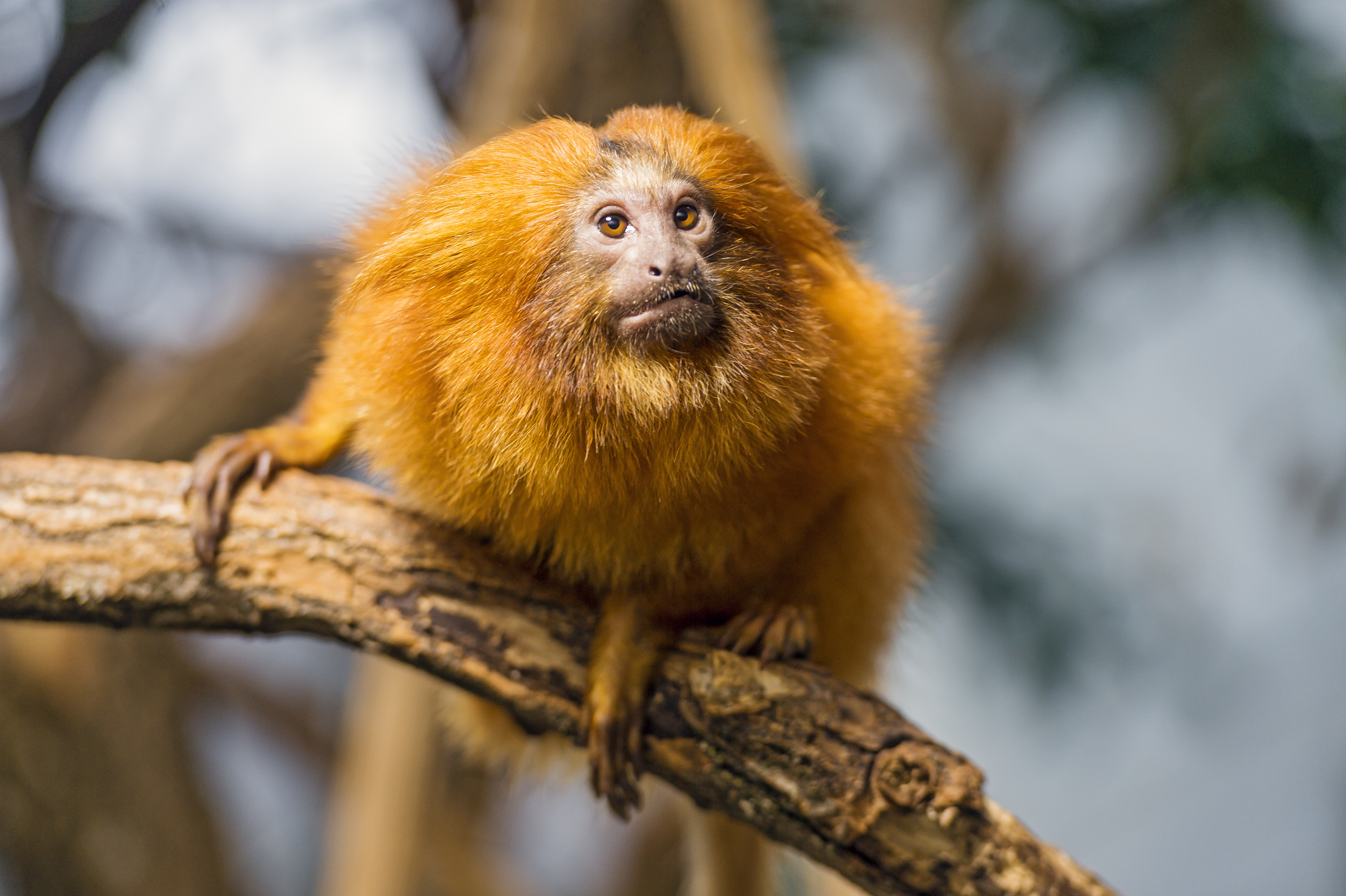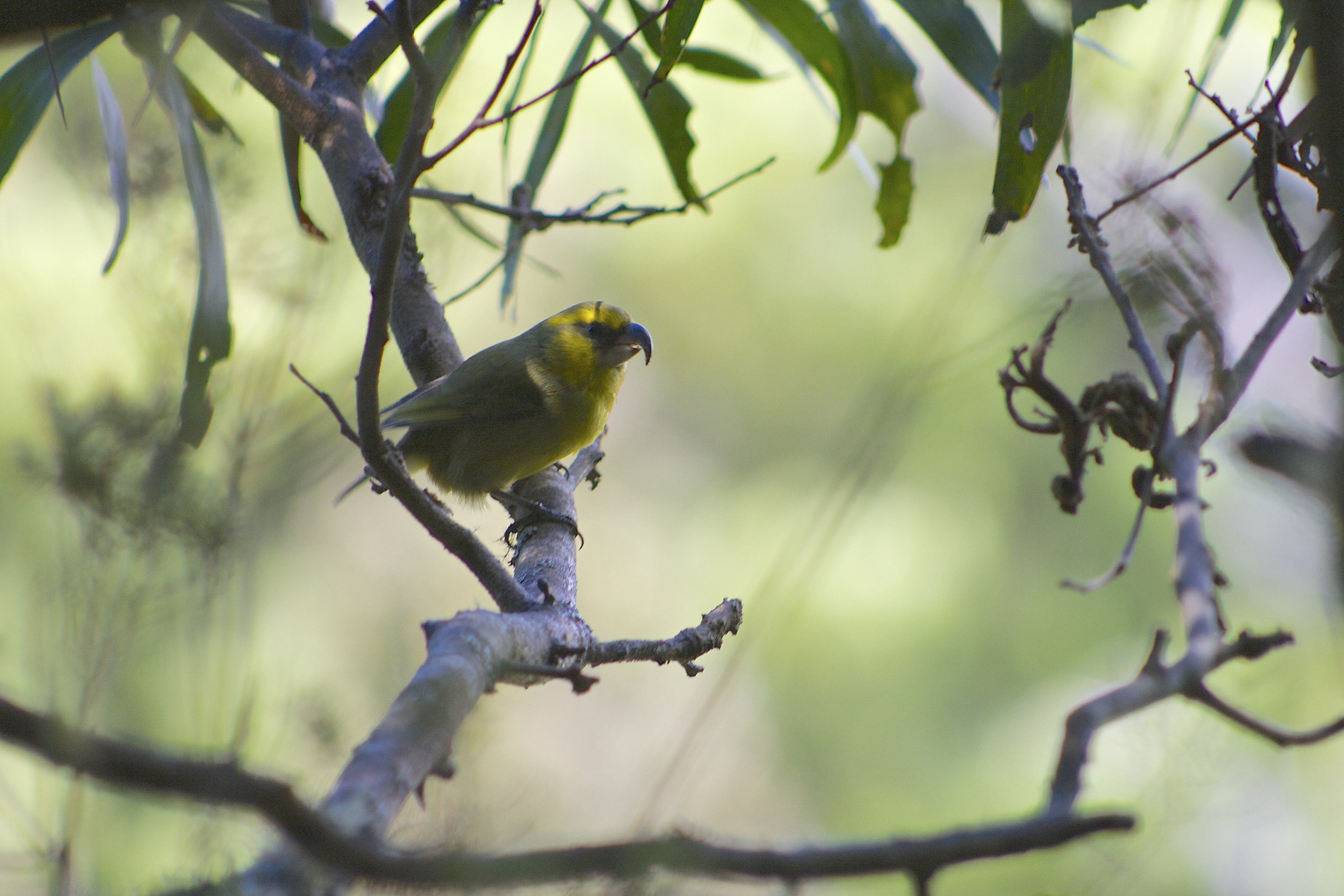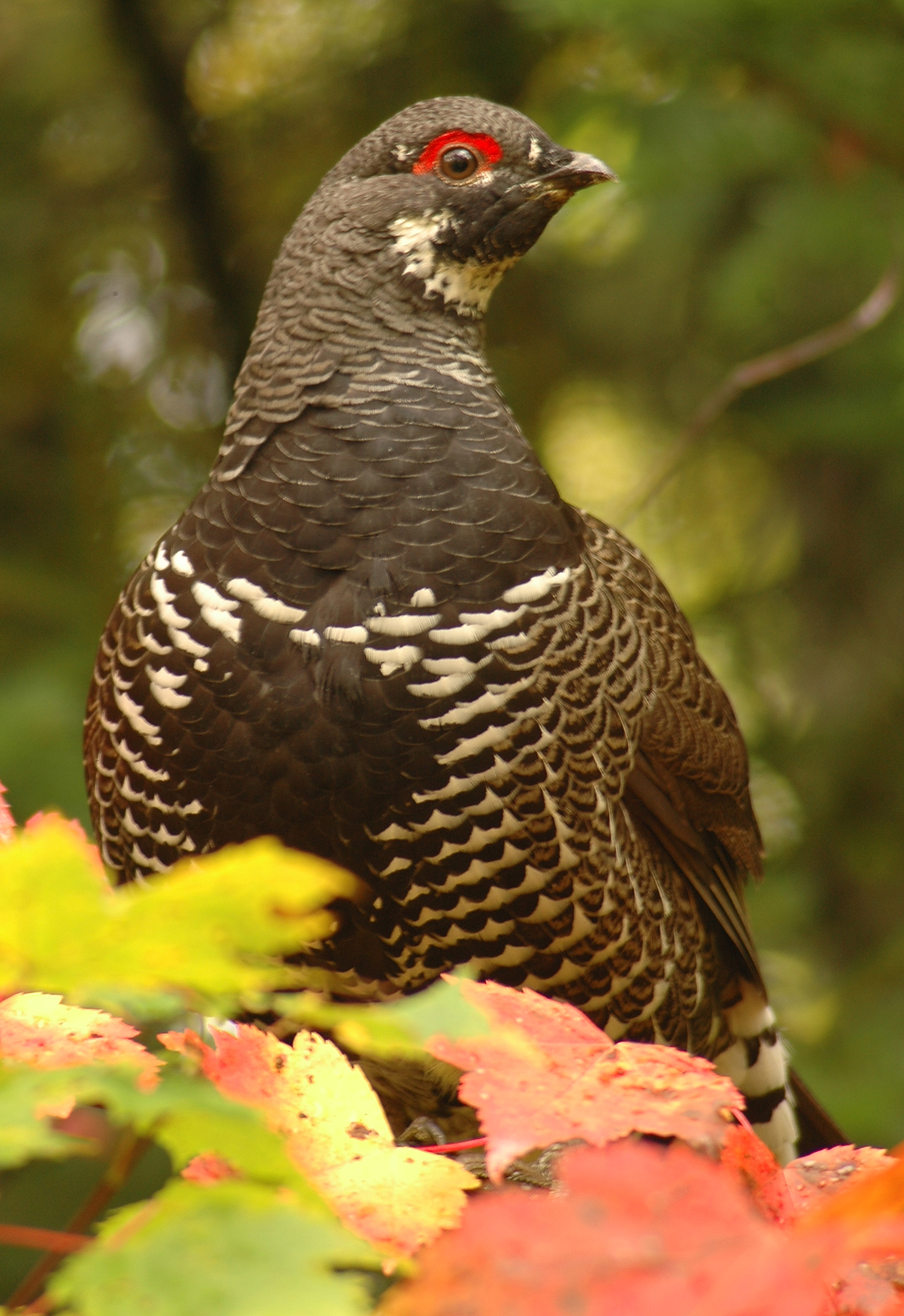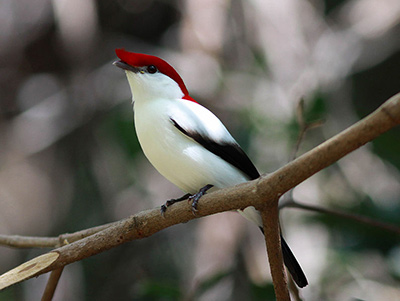By Lindsay Seventko, American Forests
This coming Sunday, September 4th, is National Wildlife Day! To celebrate, here are some of the adorable, impressive and incredible wildlife that have all had sections of their habitat restored through American Forests’ planting projects!
Ocelot
The endangered ocelot typically lives under the rainforest canopy in every South American country except Chile, but the large cat been seen as far north as Texas.
Sumatran Orangutan
There are only about 7,500 Sumatran orangutans left in the wild, primarily due to the deforestation of their rainforest habitat. Known as “People of the Forest,” orangutans are similar in build to a 6-foot human man and are highly intelligent.
Gopher Tortoise
The threatened gopher tortoise thrives in longleaf pine forests, which used to cover the southeastern U.S., digging burrows up to 40 feet in length for shelter and foraging, used by themselves and hundreds of other species.
Golden Lion Tamarin
The golden lion tamarin lives primarily in the shrinking Brazilian rainforest, in social groups and families where the males often care for and carry their offspring. They typically live exclusively in the forest canopy, sleeping in the hollows of trees and swinging from the branches to travel during the day.
Mauii Parrotbill
The Mauii parrotbill is so rare that it was thought to be extinct during the early 1900s, but the current population is estimated to be around 500. Mauii parrotbills are monogamous and typically only have one chick a year, making population increases slow and incremental.
Spruce Grouse
The spruce grouse often goes undetected by bird-watchers not because of its few numbers, but because it usually sits completely still and isn’t easily disturbed. Unlike most birds, the spruce grouse makes its annual migration on foot.
Monarch Butterfly
Monarch butterflies are known for their 3,000-mile migration through Mexico and California and for their ostentatious coloring that warns predators that they are poisonous. The mystery of the monarch’s great migration confounds scientists — butterflies who have never taken the migratory journey know exactly where to go and often end up on the exact same tree as their ancestor. Their dependency on a single destination in Mexico has resulted in them being ranked among the most endangered species in the world.
Araripe Manakin
Brazil’s Araripe Manakin is considered by many to be the most beautiful bird in the world. Only recently discovered in 1996, the bird lives in the riparian forest of the Araripe Plateau, an area highly threatened by deforestation.
Grizzly Bear
Grizzly bears can grow to be up to 1,600 pounds, up to 14 feet in height (although most are much smaller) and run at speeds of up to 35 mph. The grizzly bear is an umbrella species, meaning that in order to protect them, their entire habitat ecosystem must be maintained and countless other species will also benefit.
Black-Throated Green Warbler
The black-throated green warbler comes alive during breeding season, when territorial males often sing around the clock to assert their dominance, sometimes up to 466 songs an hour. Reaching up to only 5 inches, birders joke that its name is longer than its body.
